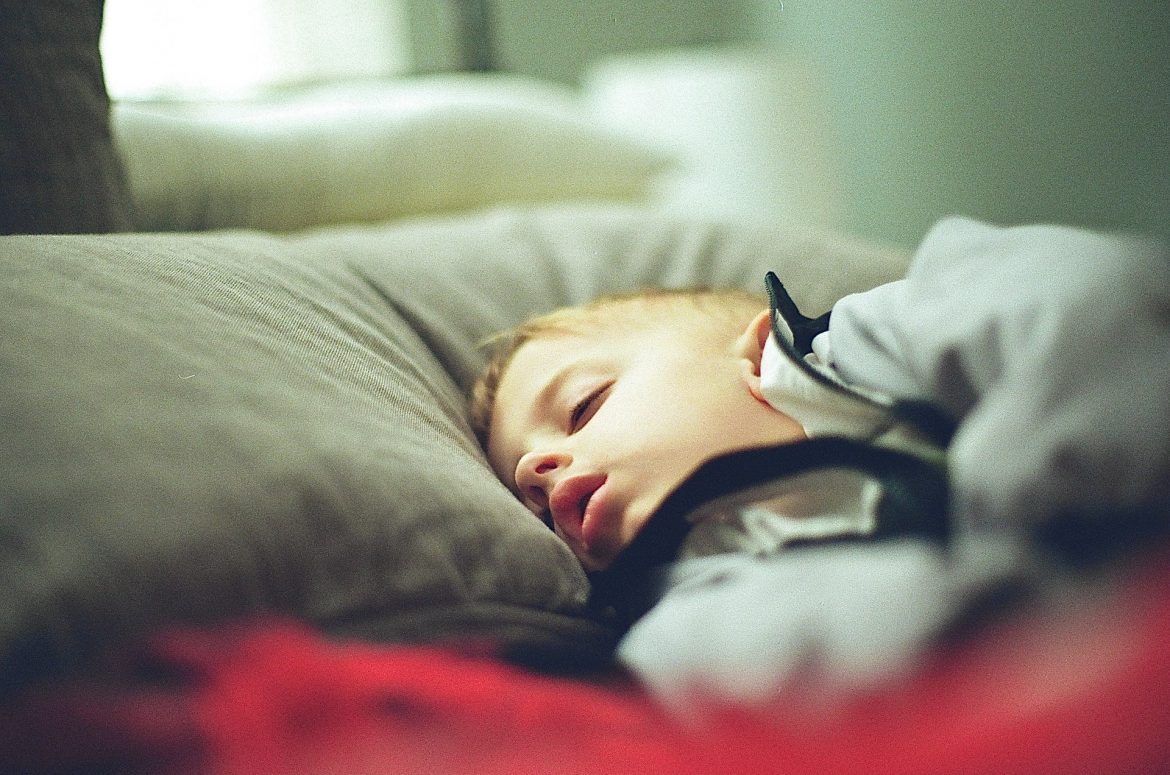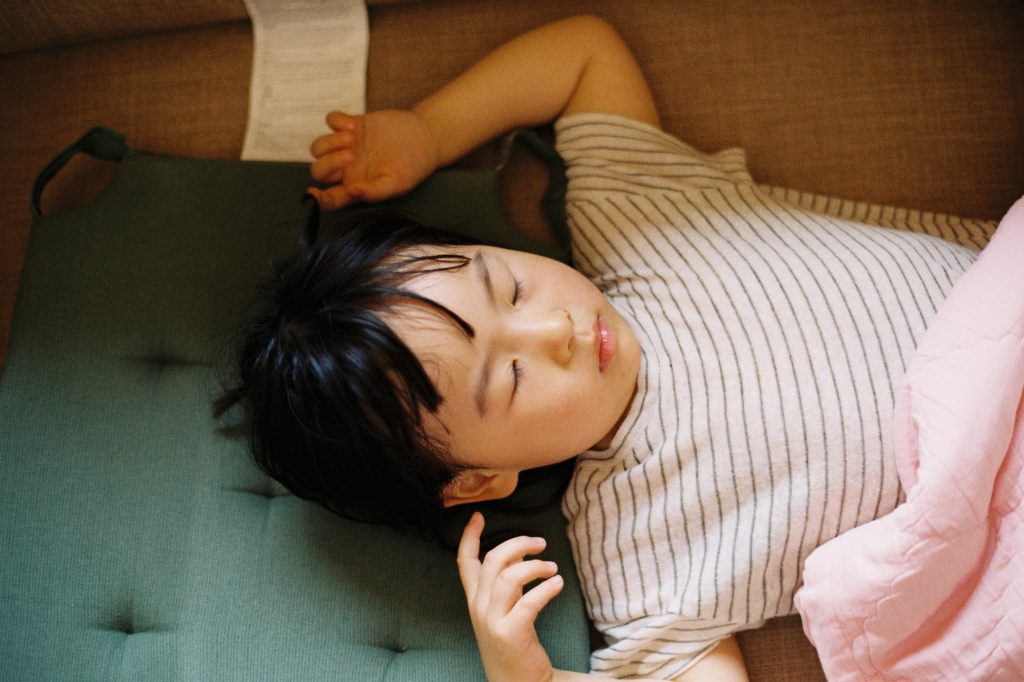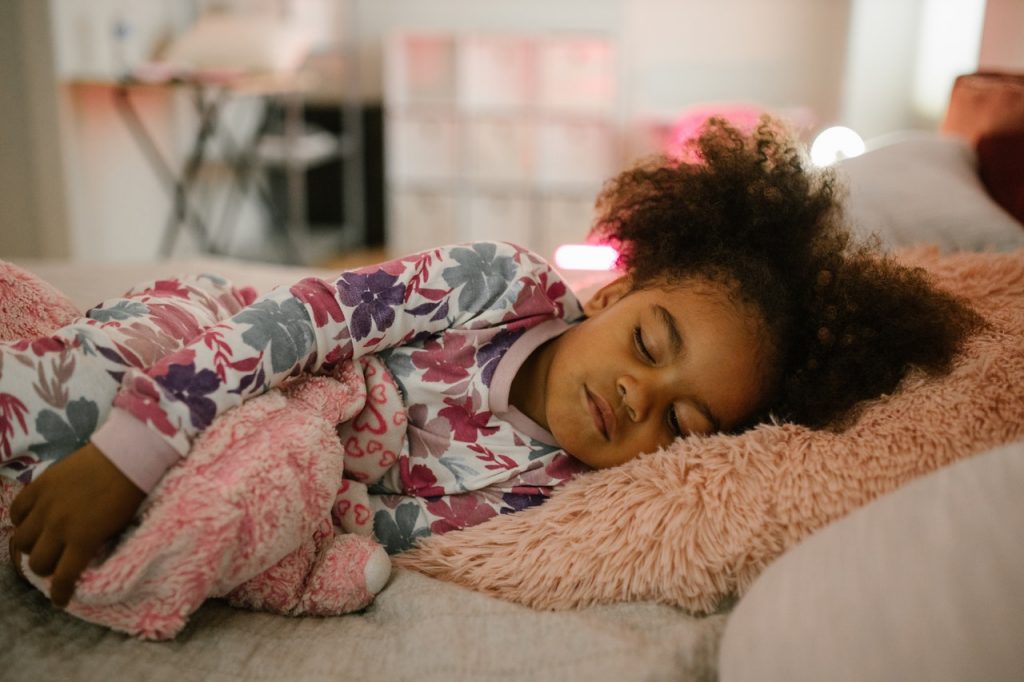
What is sleep apnea?
Sleep apnea is a frightening sleep condition in which breathing repeatedly halts and resumes. Snoring and remaining tired despite getting a whole night’s rest are common sleep apnea symptoms. In addition, children who have breathing problems at night, such as those with apnea or asthma, can experience daytime tiredness and behavioral issues.
Obstructive sleep apnea and central sleep apnea are two types of the disorder. In OSA, a person makes an effort to breathe but cannot do so due to a narrow or obstructed airway. In CSA, the usual breathing rate is low. In children, OSA is considerably more common than CSA.
According to researchers, between 1 and 5 percent of children have obstructive sleep apnea. Obstructive sleep apnea is relatively uncommon in kids, but it frequently stays unrecognized.
Knowing the reasons and symptoms of sleep apnea in youngsters might assist you in determining whether or not to visit a doctor. In addition, tests for sleep apnea and therapies that can help manage or cure this condition are accessible.
Causes of obstructive sleep apnea in children
Enlarged tonsils and adenoids
Enlarged tonsils and adenoids are well-known risk factors for OSA in children. Tonsils and adenoids are immune system glands located at the rear of the neck. Tonsils and adenoids may become enlarged for various reasons, including genetics, frequent infections, or inflammation. When these glands are swollen, the airway is constricted, making breathing during sleep more difficult.
Childhood obesity
Obesity is the most common disease that causes OSAS in children. Obesity also narrows the airway, which is one of the reasons why obstructive sleep apnea occurs in 60% of obese youngsters. Therefore, obstructive sleep apnea affects 60%.
Other risk factors
OSA is most often caused by a variety of problems, including having a small jaw or an overbite, using sedatives or opioids, and tongue and throat muscle weakness resulting from diseases like Down syndrome or cerebral palsy. In addition, being exposed to adults who smoke and have a family history of obstructive sleep apnea can be related to an increased risk of childhood OSA.
Causes of central sleep apnea in children
CSA can occur for many reasons in youngsters. It’s crucial to remember that a few central apneas during sleep are considered typical. Central sleep apnea has been linked to rare pediatric genetic diseases such as congenital central hypoventilation syndrome. When youngsters have health issues that disrupt the brain areas that control breathing, it may be present.
How Blue Light Affects Sleep in Children

Symptoms of sleep apnea in children
Snoring is the most common symptom related to sleep apnea. Other nighttime symptoms of sleep apnea in children include:
- Breathing through the mouth at night
- Coughing or choking
- Sweating at night
- Sleepwalking
- Talking while sleeping
- Night terrors
- Bedwetting
Sleep apnea can also manifest itself during the day. The symptoms may include:
- Sleepiness during the day
- Problem concentrating attention
- Behavioral issues that can look like ADHD, such as hyperactivity or impulsiveness
- Headaches in the morning
- Irritability
- Difficulty controlling emotions
Why is Sleep Important for Children?
Diagnosis of sleep apnea
The doctor may inspect the child’s mouth, neck, and throat for physical features that increase the risk of sleep apnea during a physical examination (such as big tonsils and adenoids).
If further testing is required, the doctor may advise on polysomnography. For example, a sleep study was performed overnight at a sleep facility. Polysomnography involves monitoring specific bodily processes while a person sleeps.
Without administering treatment, children with very minor or no symptoms might be watched over time without receiving therapy. During watchful waiting, supportive care may include education on healthy sleep habits, frequent checkups with the healthcare provider, and close monitoring of signs and symptoms.
Treatment for sleep apnea
Depending on the cause and degree of symptoms, children’s sleep apnea treatments may include:
Adenotonsillectomy
Tonsils and adenoids may be removed surgically to cure obstructive sleep apnea in children.

Myofunctional therapy
In children, mouth and throat exercises, often known as “myofunctional therapy” or “oropharyngeal exercises,” have been found to reduce obstructive sleep apnea and snoring.
Orthodontics
Advancement devices for the upper teeth and maxillary expansion appliances are orthodontic techniques that utilize dental equipment to generate more room in the mouth and improve airflow through the airway.
CPAP (continuous positive airway pressure)
A continuous positive airway pressure machine gives continual airflow into the respiratory tract. During sleep, CPAP users wear a mask connected to a pump. However, children might find it difficult to sleep with a CPAP mask and require behavioral support.
Treatment of allergies and sinus inflammation
Children with mild sleep apnea symptoms who do not require surgery should be treated with over-the-counter (OTC) medications, such as decongestants and nasal sprays. Other allergy treatments, such as nasal rinses or saline nasal sprays, might also help. In addition, corticosteroids and antihistamines can help loosen tight bronchial spasms that restrict airflow and cause bad tongue posture. Allergy therapy is sometimes used in combination with other treatments.
Natural ways to relieve sleep apnea in children
The following natural therapies may help treat obstructive sleep apnea in children. A doctor can discuss the risks and benefits of the natural treatment mentioned below because a healthcare provider would administer it:
Weight loss
Obstructive sleep apnea is one of the most common causes of childhood snoring. Weight reduction can help with symptoms in kids with obesity and obstructive sleep apnea. A pediatrician can assist with a healthy meal and exercise planning. A dietician or nutritionist might also be able to help you create a weight-loss strategy. However, weight reduction may be a slow process. A child with severe symptoms might benefit from starting treatment sooner rather than later.
Avoiding allergens
Avoiding factors, such as pollen and mold that can induce allergy rhinitis (an allergic reaction of the nasal passages) might be advantageous. Allergic rhinitis causes congestion and airway restriction, linked to sleep apnea symptoms.
Positional therapy
Positional therapy entails teaching someone to sleep differently. For example, it may be used with children who have sleep apnea only when they sleep on their backs. Moving the head of the bed up can also aid in the reduction of sleep apnea. The efficacy of positional treatment in kids, however, is little researched.
Conclusion
Sleep Apnea in Children is an article about Sleep Apnea in children. Different treatments are mentioned, including surgery, myofunctional therapy, orthodontics, CPAP, allergy treatments, natural remedies, and weight loss. Sleep apnea symptoms include snoring, fatigue during the day, and problems at school. Sleep apnea treatment patients should have regular follow-ups with their healthcare provider to monitor any signs or return to a healthy sleep pattern.
